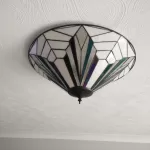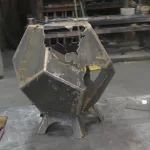If you get a half-sheet of steel, you’ll make this unique welding project idea. A fire pit is made from textured steel. What makes firepit welding attractive to beginners is the flexibility of thickness.
If your steel plate is just 1.2 mm thick, you can have a firepit welding idea become a reality. Added to that flexibility is that you can customize the size of the design to suit your specific taste and needs.
Geometric Globe Firepit
Welding Town
By 42Fab Visit me on Youtube!
More About 42Fab »
I teamed up with a friend and fellow youtuber to build this Firepit shaped like the globe. Technically it is a Dodecahedron or 12 sided regular shape made of pentagons.
Fun fact: there are no regular, repeating shapes that form a solid like this with more than 5 sides, only 3 (pyramid), 4 (cube), and 5 (dodecahedron). “Dodeca” means 12
Step 1: CNC Plasma Cut Shapes
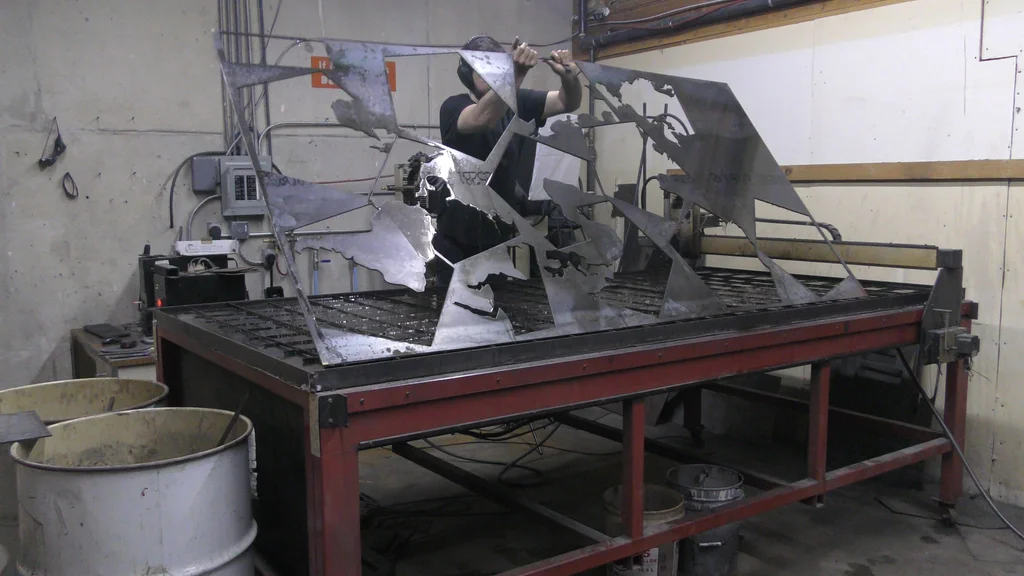
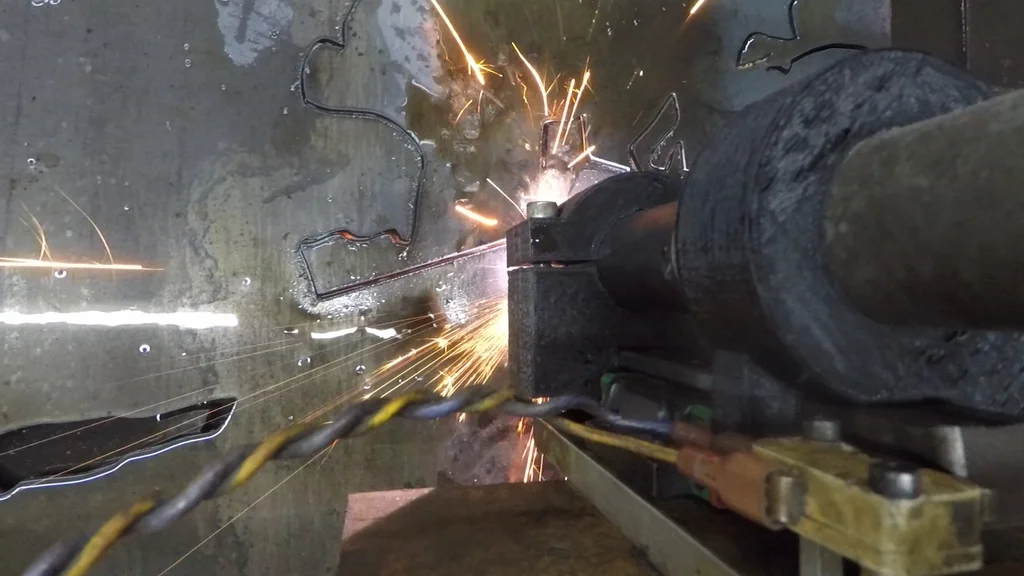
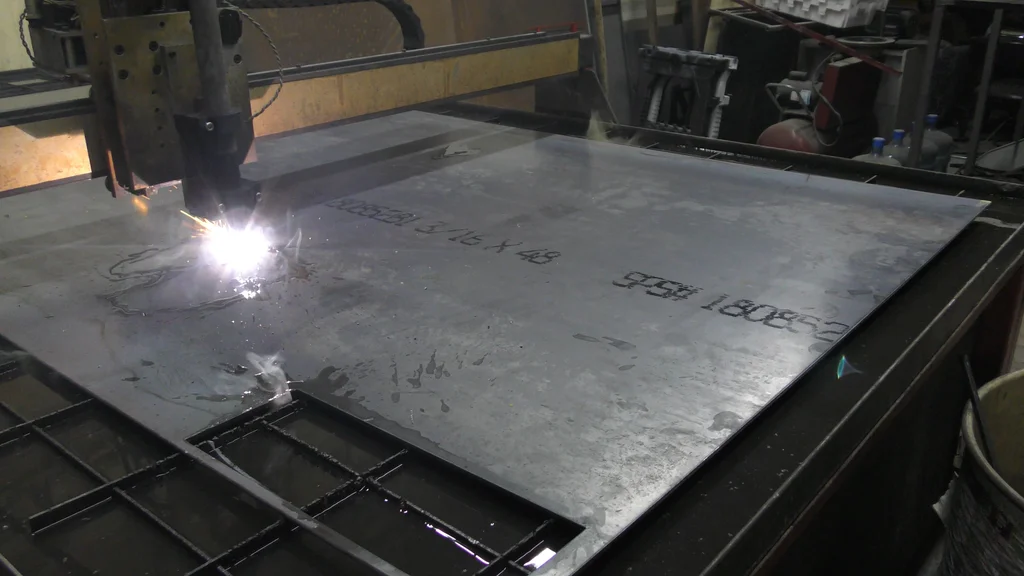
CNC Plasma Cut Shapes
Many years ago I rescued a beat down CNC Plasma Table and rebuilt it, eventually even adding a water bed, which catches sparks and prevents heat from warming the metal. Plasma cutting is the process of removing metal with 5000+ degree plasma. Plasma is created by passing an electric arc through a compressed stream of air. Combining it all: CNC Plasma cutting is using a computer to direct the movements of a plasma torch on a table holding the material to cut – in this case 3/16″ thick steel.
The entire pit BARELY fit in a 4’x8′ sheet of steel.
Step 2: Tack Together the First Row
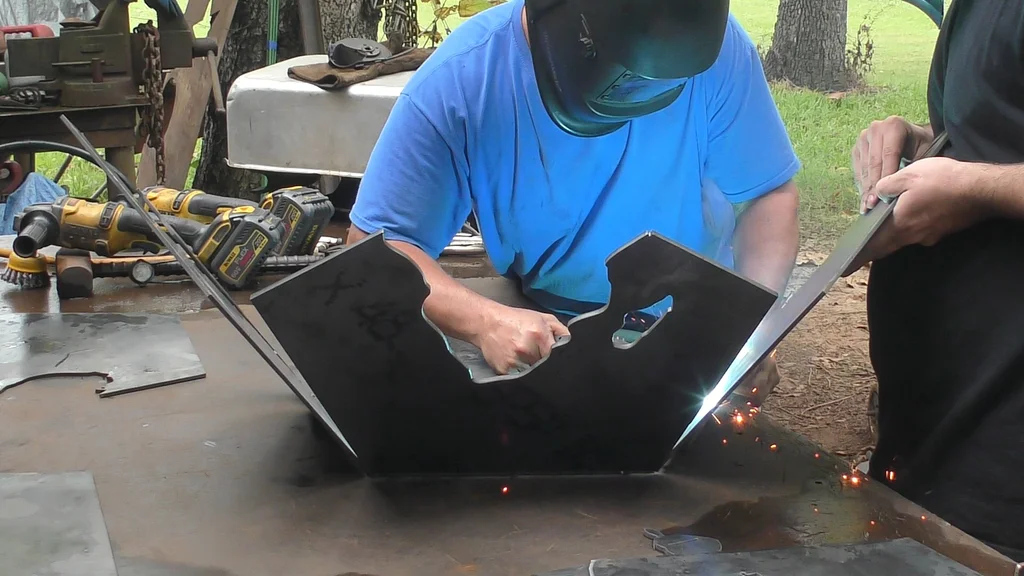
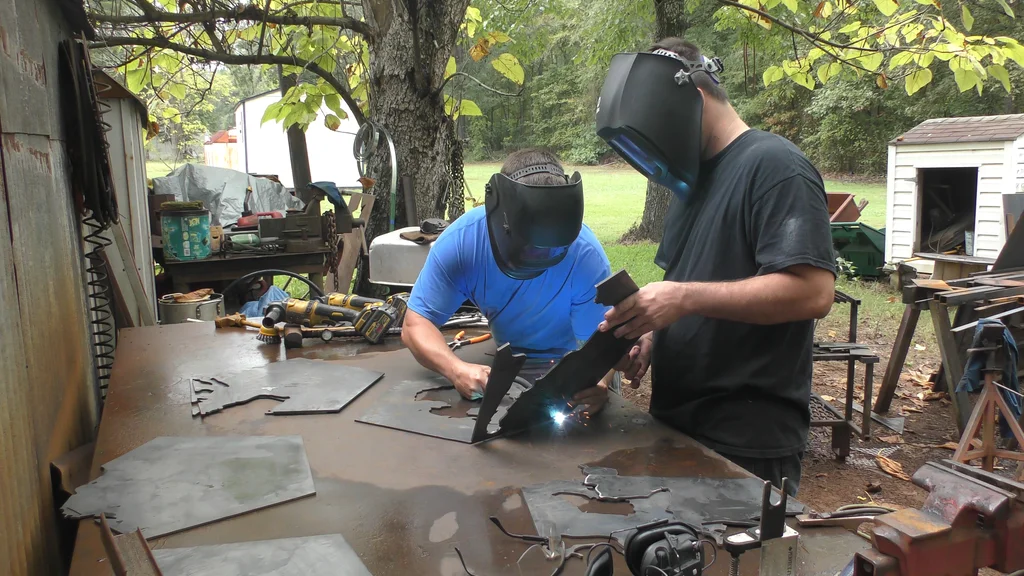
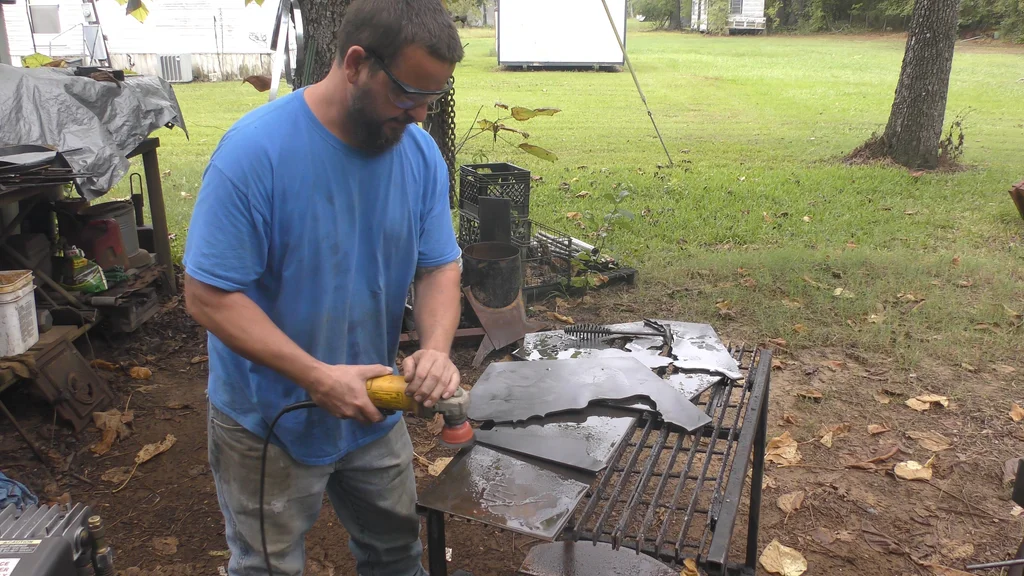
Tack Together the First Row
We first cleaned off any dross (leftover metal from cutting) with a wire cup on an angle grinder, then started assembling the bottom half of the globe. The bottom half is easier because Antarctica’s panel has solid edges with all 5 pieces it abuts.
The assembly was MUCH easier with two experienced welders, one of us would hold the piece approximately where it needed to be while the other tack welded it into place. A tack weld is a small bead or dot of weld metal that secures pieces together but is small enough to be manipulated.
After each piece was tacked in place, we bent them up to the exact correct angle and added another tack near the equator of the globe.
Step 3: Northern Hemisphere
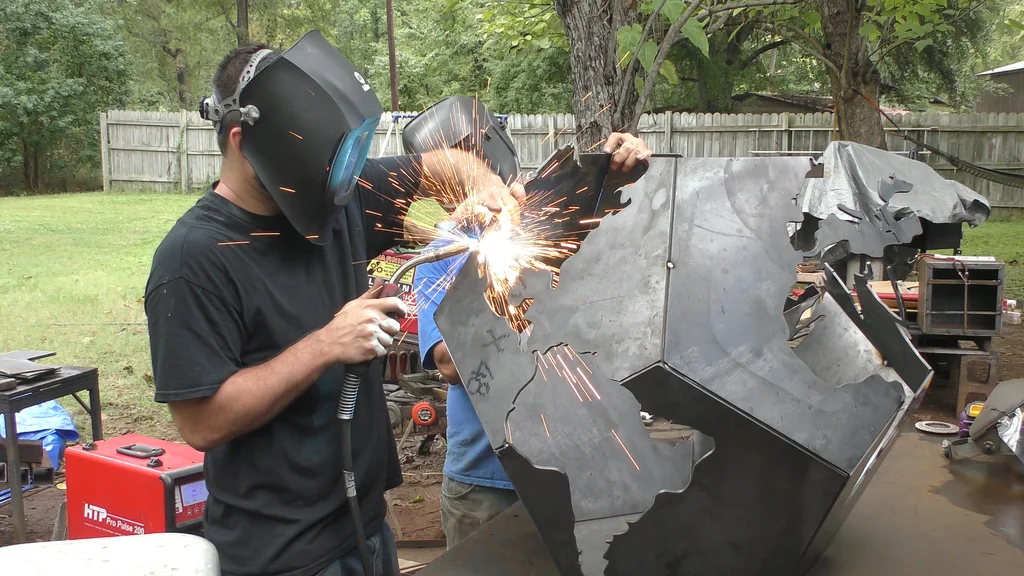
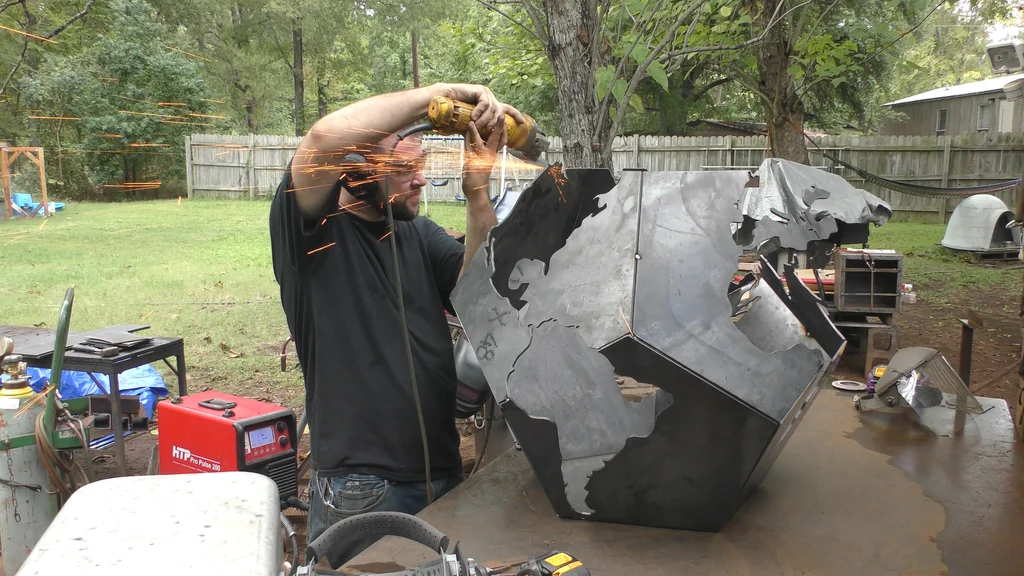
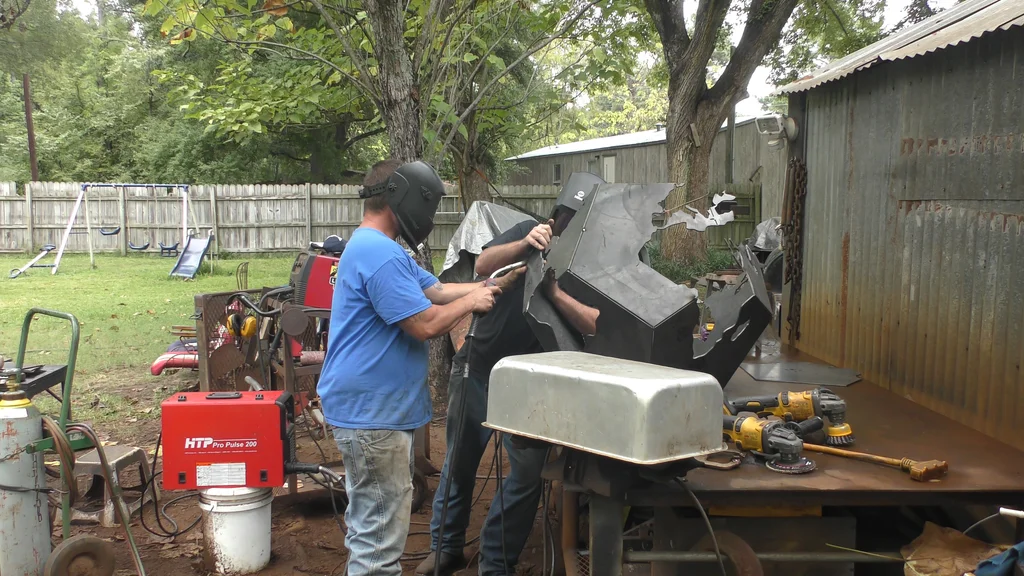
Northern Hemisphere
We continued on to the top 6 panels, which are much more complex, as most of the Earth’s land mass is north of the equator.
There are also 4 pieces where a body of water wraps around the edge of a panel (Mediterranean Sea, Hudson Bay, and sections of the Arctic), These were scored on the CNC Plasma Table then cut with a grinder ALMOST all the way through and bent to the correct angle with a wrench. We later welded that cut section solid so it wouldn’t move.
Step 4: Weld EVERYTHING
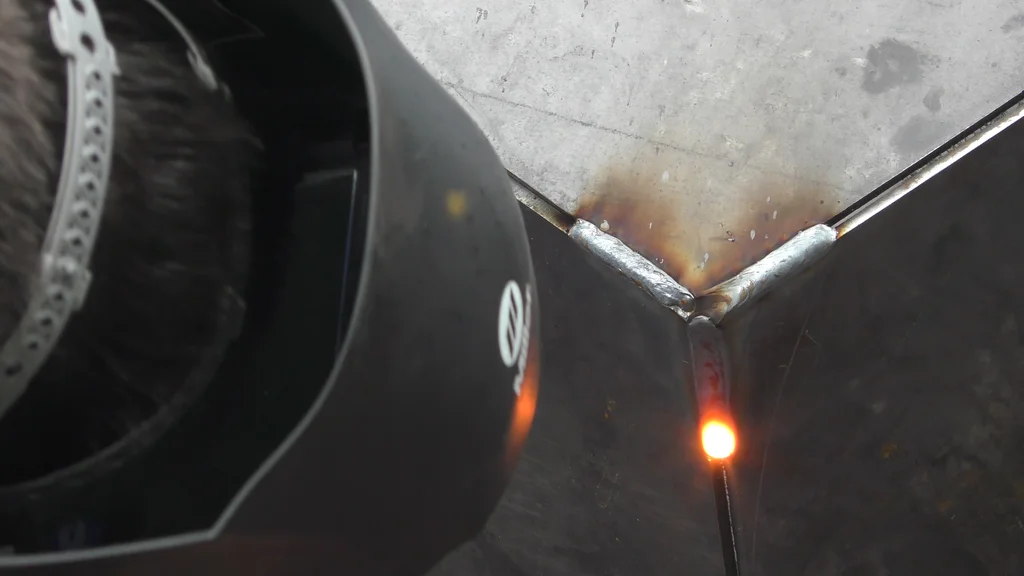
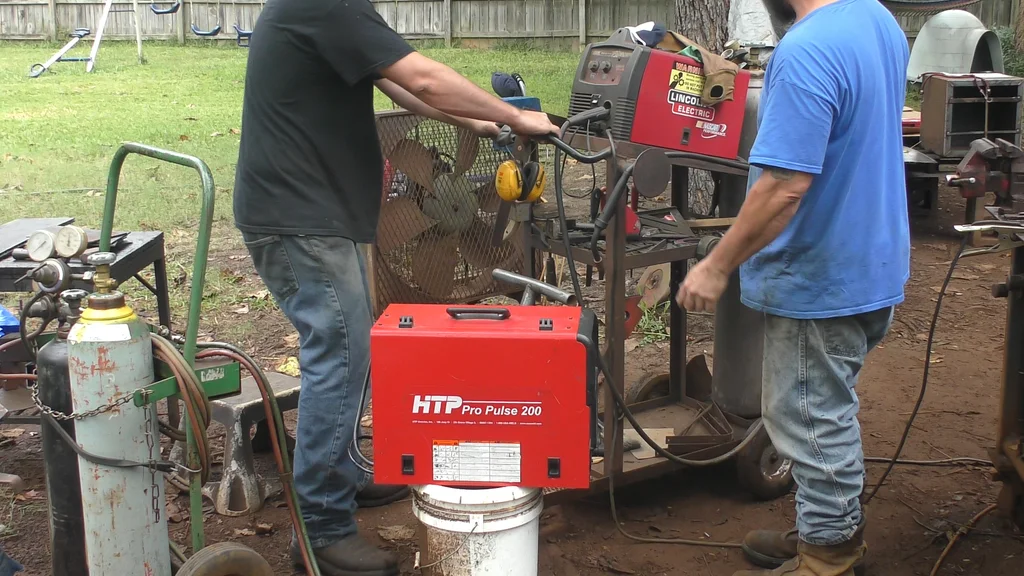
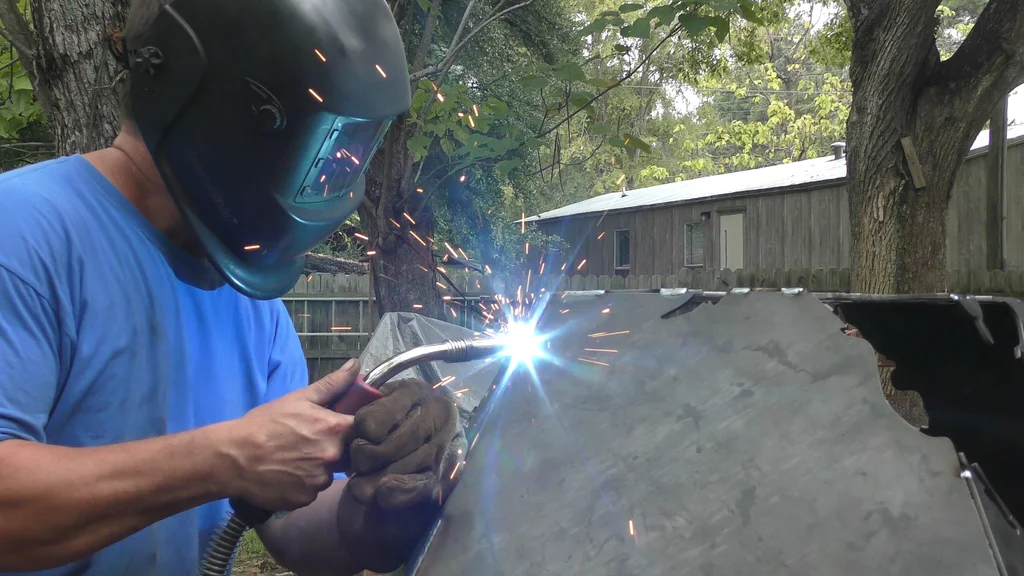
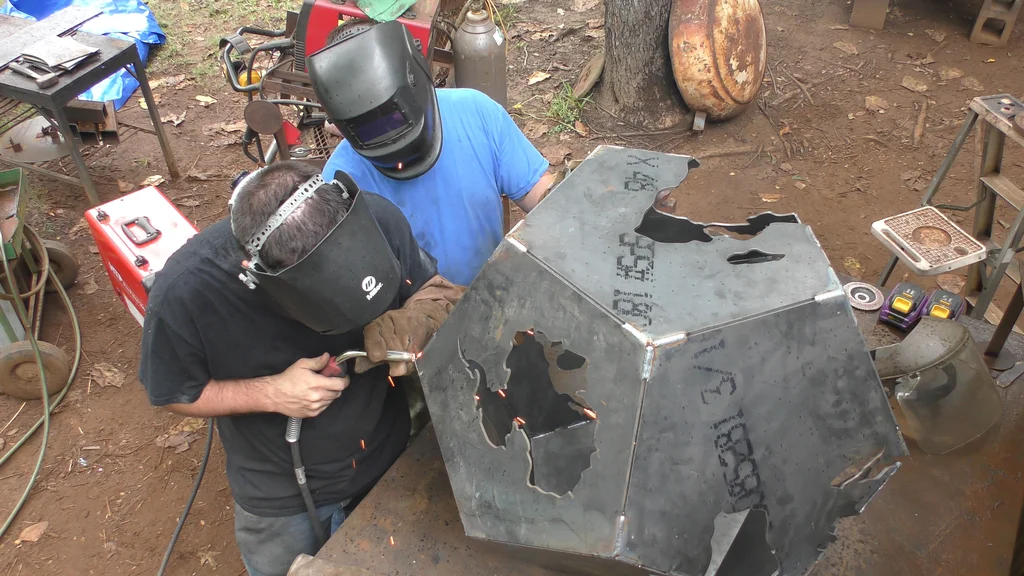
Weld EVERYTHING
After tacking the entire globe into place, were were ready to start welding.
The heat from welding can distort a joint, which is why the tacks are so important, they resist that distortion and keep a solid structure like this in place.
We chose to weld about 2.5″ from each joint to allow some firelight to poke through between the panels.
I am lucky enough to work with HTP and REALLY enjoyed using their Pro Pulse 200 Welder here.
Step 5: Hand Torch Work
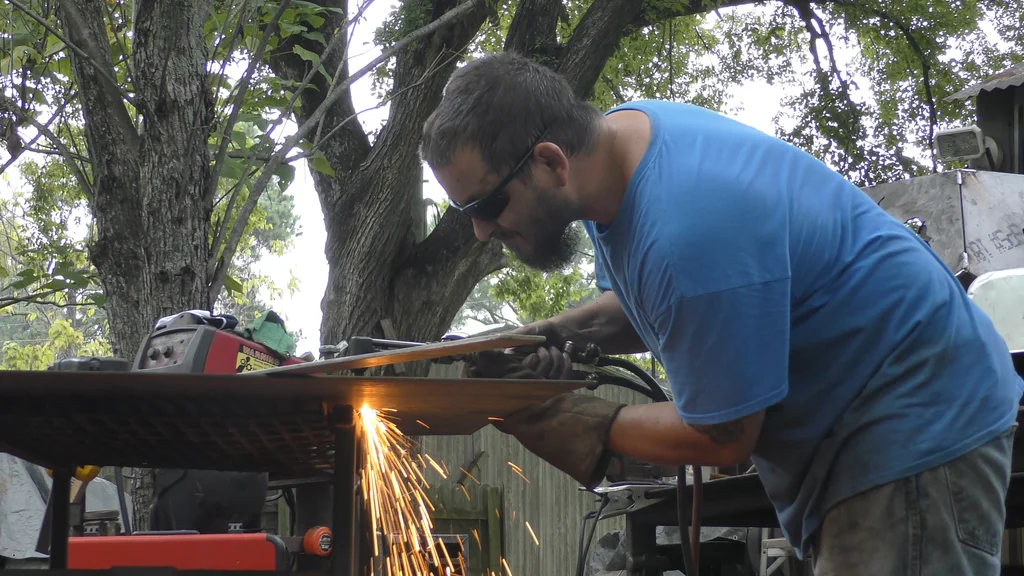
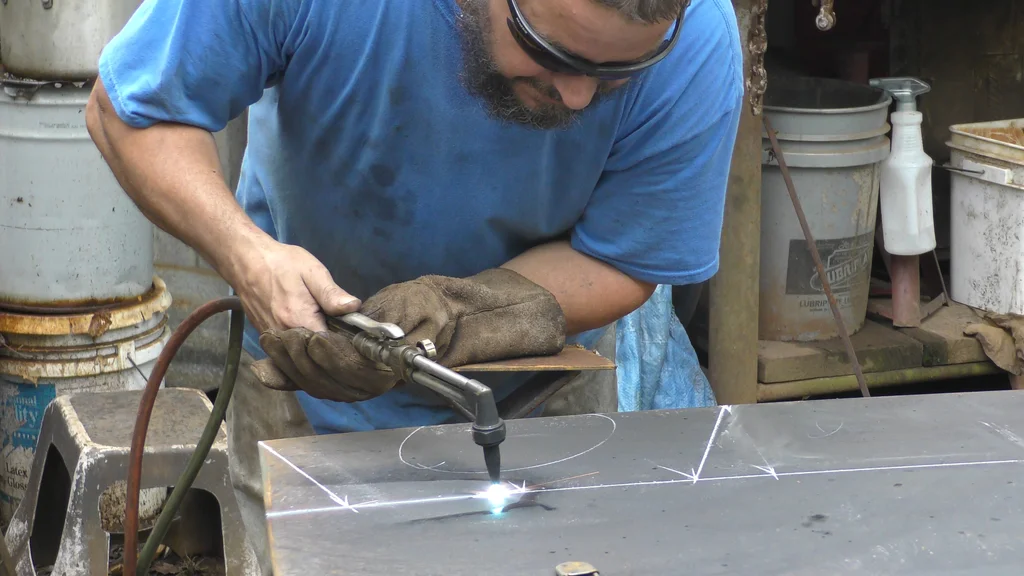
Hand Torch Work
My collaborator Allen is a master with an Oxygen/Acetylene torch, which cuts steel like a plasma torch but with burning acetylene providing the heat instead of an electric arc.
Allen cut out 5 trapezoids with semicircles omitted to create legs that matched the look of the globe.
The “sunglasses” he is wearing are shade 5 glasses, which are about 10 times darker than normal sunglasses and protect the user’s eyes.
Step 6: Finishing Touches
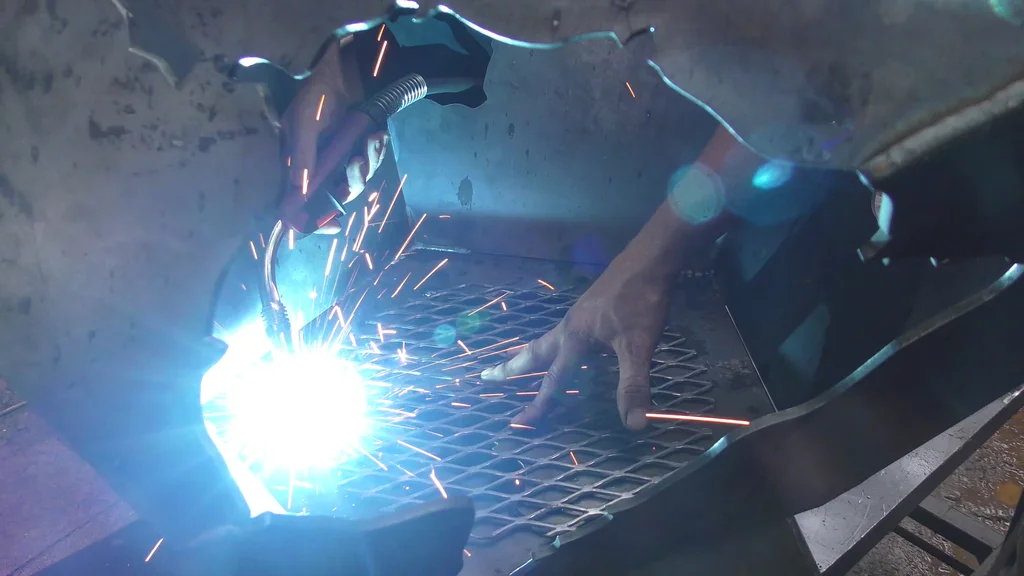
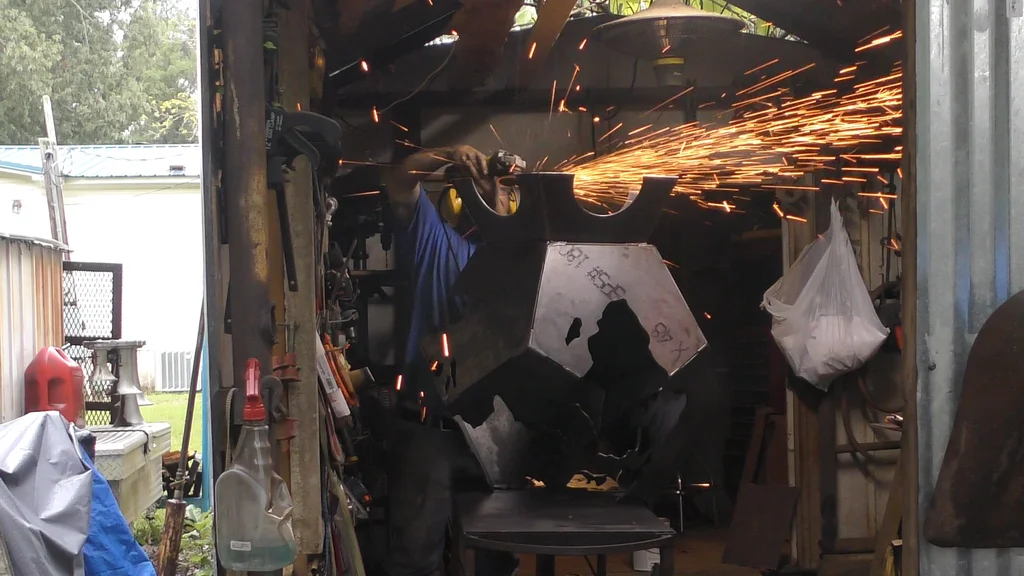
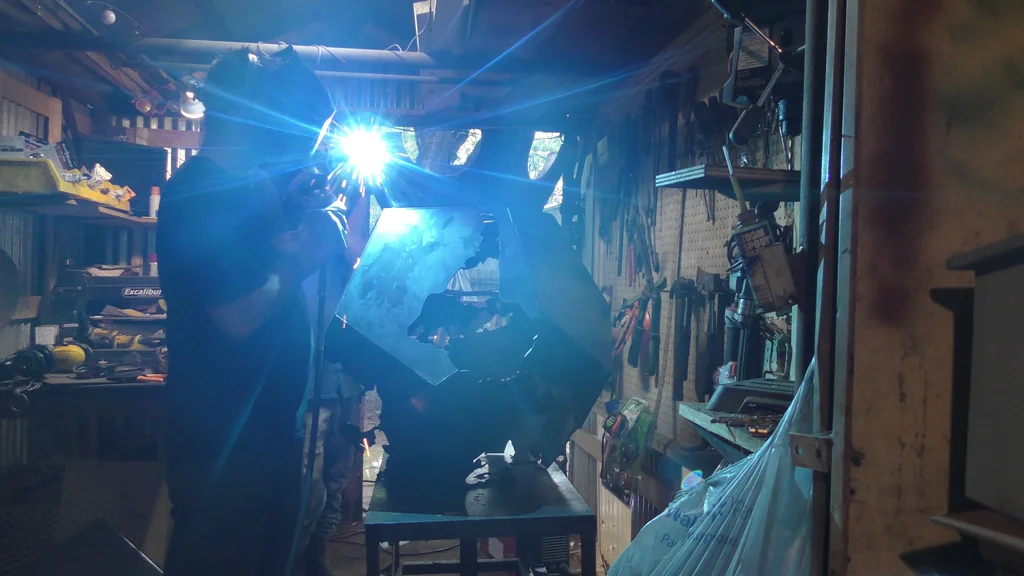
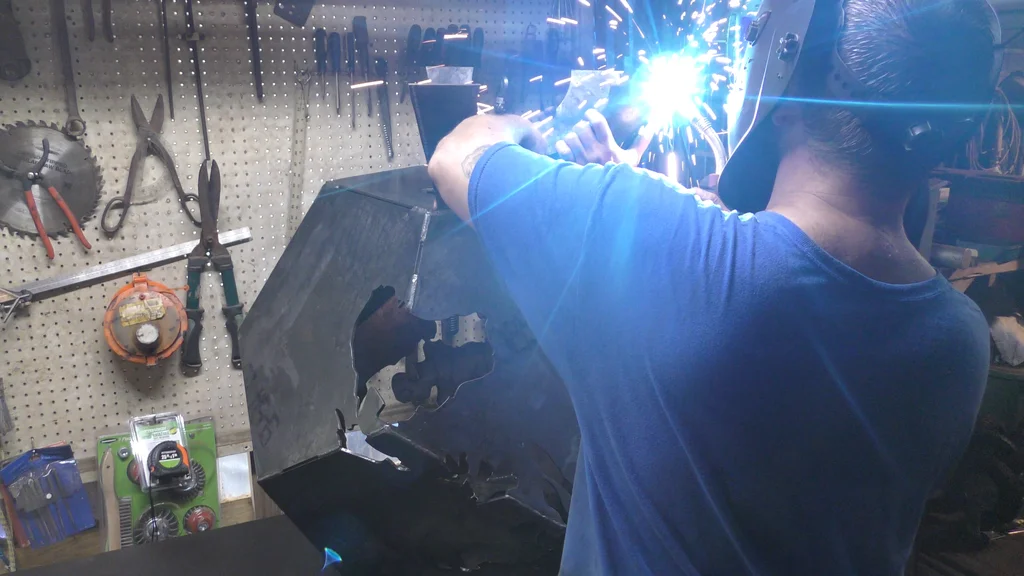
Finishing Touches
We welded the legs to the bottom of the globe, following the same tack-then-weld procedure from before, then added a piece of expanded steel (mesh) to cover Antarctica so logs would be contained in the firepit.
Allen also ground the legs flush to make up for any small errors in cutting
Step 7: FIRE
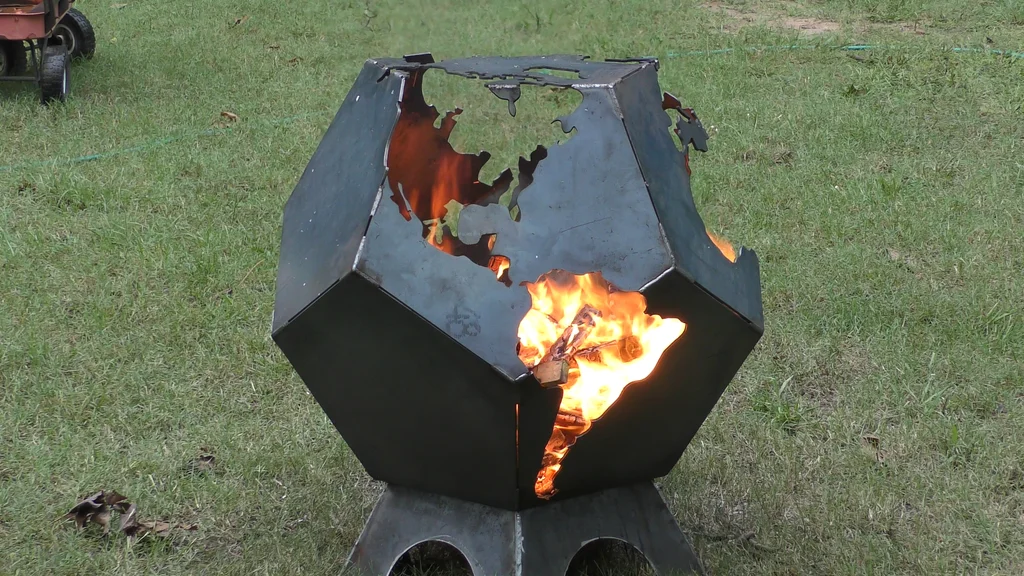
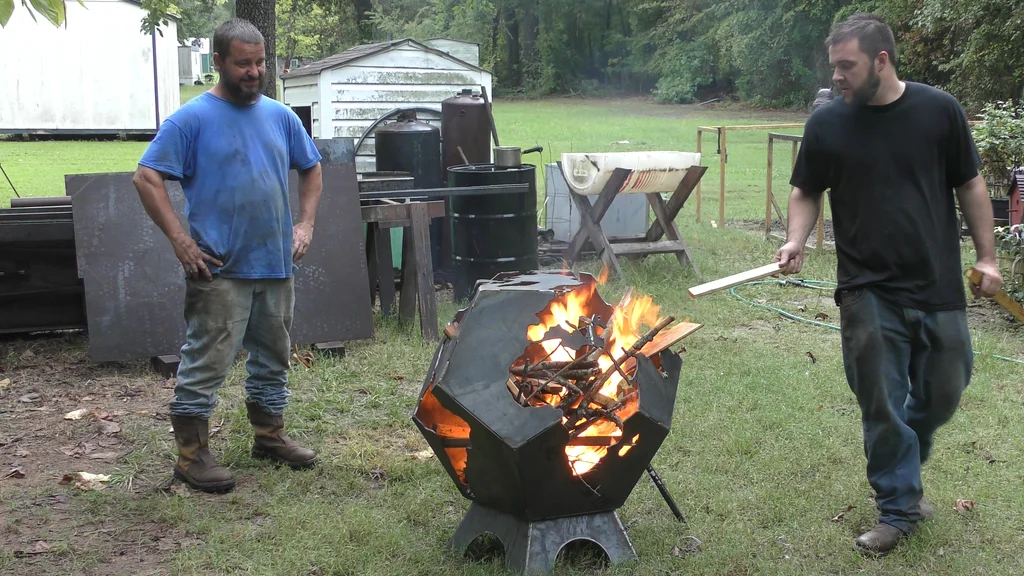
FIRE
With rain threatening we built a fire to test out the globe firepit. As we built it out of 3/16″ steel, it could handle ANY kind of heat from a wood fire.






